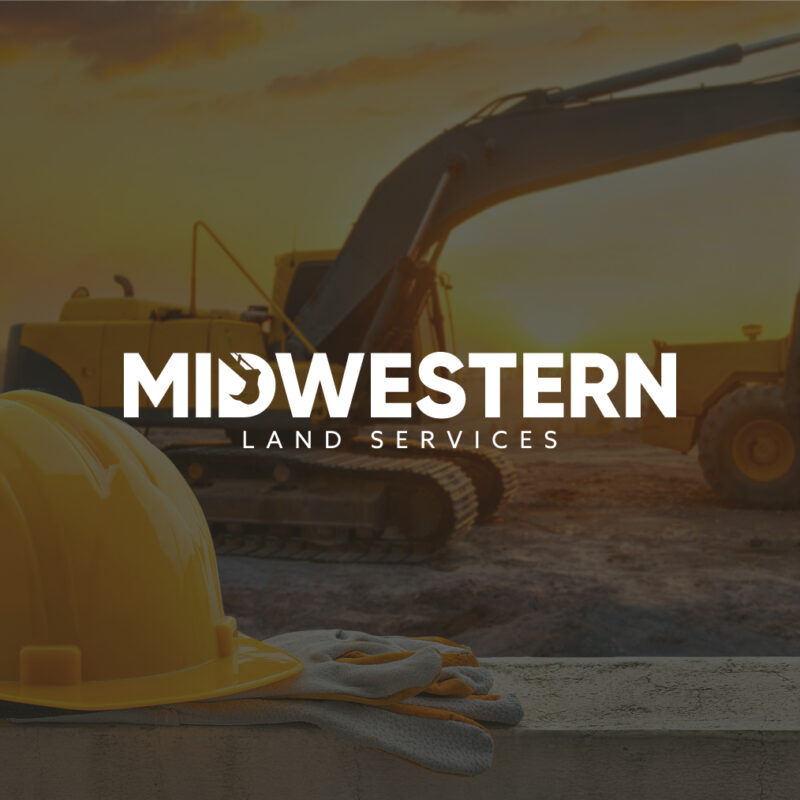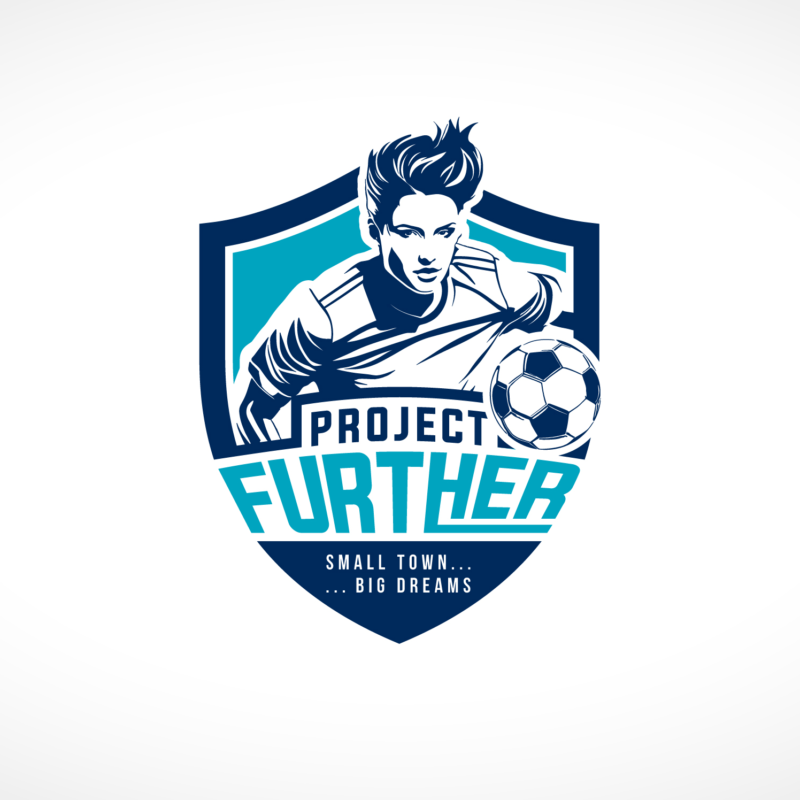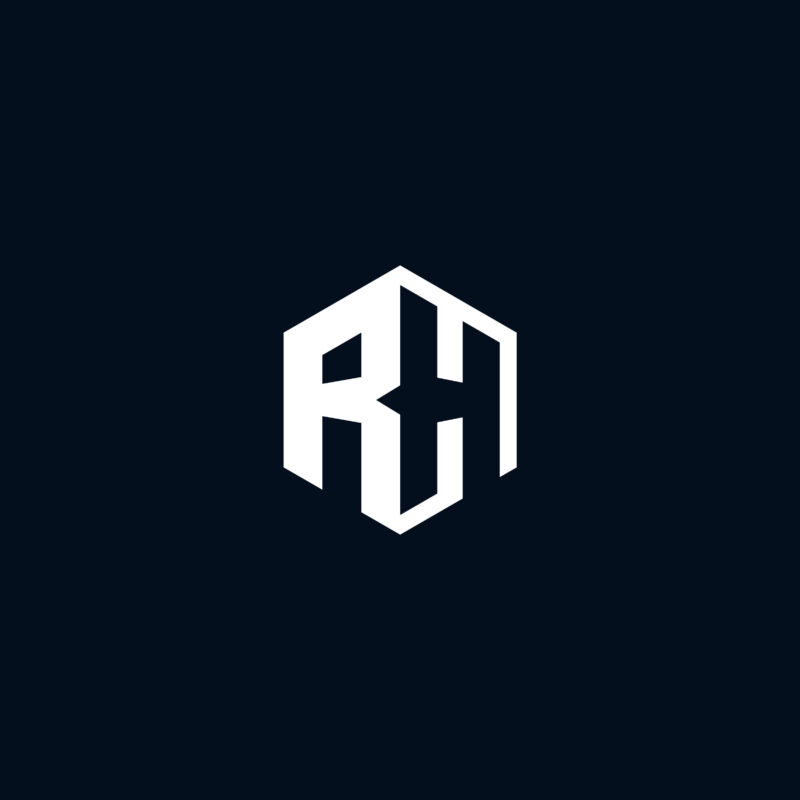
Whether you are starting a new business or are a serial entrepreneur, you likely understand the importance of an eye-catching logo. Company logos are often the first point of visual contact between a business and its customers. Getting it right, therefore, plays a critical role in branding your business.
But the countless different types available can leave you spoilt for choice and make the selection process overwhelming. To help you figure out the best company logo for your precise needs, here is a look at four popular types of logos and when to use them.
Combination Mark
As one of the most versatile logo designs, the combination mark also happens to be among the most popular options. A combination mark blends together visuals and words in various ways to create an image. It may consist of imagery and text placed side by side, integrated into a single element, or stacked. Among its top highlights is the fact that you can split the components and use them separately while still being recognizable. Great examples of this include Adidas, Lacoste, and Pepsi. If your objective is to establish brand recognition, this is a great choice.
Negative Space
If you are looking for a unique and creative concept, the negative space logo could be right up your alley. It seeks to strike a balance between what is seen and the unseen, with the objective of bringing subtle meanings to the fore. A characteristic feature of this design is the hidden shapes, images, and symbols that lurk behind and complement the main visual. Think of Carrefour, FedEx, and the WWF as examples of brands that have employed this style. At rabbit, we have perfected the art of creating negative space logos and are your go-to professional logo designer for this creative and unique style. A look through our firm’s portfolio reveals countless imaginative concepts revolving around the style, projecting an unmatched level of ingenuity.
Lettermark and Monograms logos
For a company whose name is rather lengthy, a lettermark logo is your best bet. This type of logo is a typographical representation usually consisting of the company’s initials. To add meaning to this concept, a graphic designer could make use of a font or typeface that resonates with the identity of your brand. While a monogram is similar in concept, it involves interlacing the initials rather than placing them side by side. The advantage of these two designs is that customers will have an easier time remembering both the logo and your business. Examples of big-name brands using lettermarks and monograms include HP, IBM, Louis Vuitton, and NASA among others.
3D
A 3D logo style incorporates three-dimensional elements to create a more visually appealing and dynamic logo. Companies typically use this style to convey a sense of modernity, innovation, and professionalism. In a 3D logo design, the logo is constructed using various 3D modeling techniques to create a three-dimensional shape that can be viewed from different angles. This can include extrusion, beveling, and lighting effects that give the logo a sense of depth and dimensionality.
Emblem
Also referred to as badge logos, emblems make a great choice for organizations, teams, and institutions. It is also popular in the auto industry and among coffee brands. Its classic design entails fitting all design elements inside a crest or badge-like shape. Some are relatively simple, featuring a lettermark or icon, while others sport detailed illustrations or slogans. Though the design is considered traditional, a contemporary take on it can turn the logo into a timeless legacy symbol. Good examples of this include Warner Brothers, Starbucks, and Manchester United.
Choosing the Best Company Logo
Whether you are looking for logos with your company name or prefer the use of symbols, icons, or negative space, there is something for everyone. If after considering these different types of logos you still feel torn about the ideal logo for your company, how about setting up a virtual consultation with the experts at Rabbit? Discussing your company’s vision and desired touchpoints with the team will help you identify a design that strikes a chord with your business.


